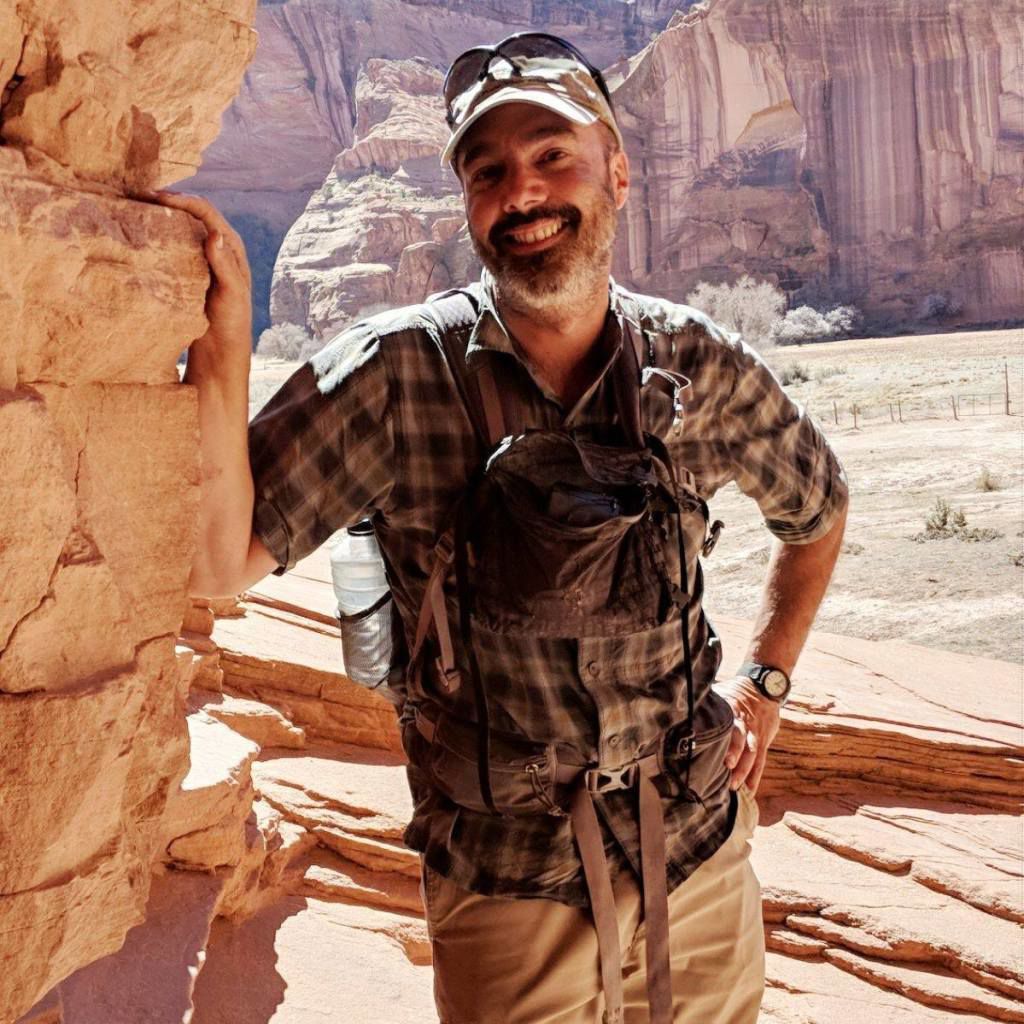I moved to Boulder, Colorado, at a time when the town was transitioning from a place where climbing bums could wait tables, find odd construction jobs or work in a small outdoor store to fund their real reason for moving there: climbing, hiking, backpacking, or just playing in the foothills and the nearby mountains.
But, much like nearby ski towns in Summit County, this all changed. The climbing bums were replaced with tech workers, and those 1950s homes were torn down and replaced with McMansions complete with granite countertops and stainless steel appliances. It all started as “getting some outdoor time” became an industry.
I see changes in Moab today similar to what I observed in Colorado’s Front Range.
In some Moab circles, you will hear the term “industrial tourism” bandied about in comment sections on Facebook, magazine articles or even over a pint or two at local watering holes.
It’s a term of derision for some, implying marketing (and perhaps exploiting) the outdoors for personal gain.
But why? At its core, the term is simplicity itself: tourism as a researched, marketed and institutionalized part of an economy. And Moab and Grand County overall, of course, depend on this industrial tourism in spades.
Three million people come to Moab to enjoy the parks, bike some single track, ride our jeep roads, paddle in the Colorado River and climb our canyon walls. All the planning, growth and life in the area revolves around our tourist trade.
Tourism is our economic stream and our community is grappling with best how to manage it. That fact is no secret and in little dispute.
Though some people will say that they don’t support this type of tourism in any way (perhaps in a very strident voice), the truth is that there is not one part of our economy that does not depend on it in some way.
According to recent statistics, nearly 25% of the employee base is dedicated to service jobs such as guiding, restaurants, retail: the underlying jobs in our economy that are directly tourist-based.
(See https://datausa.io/profile/geo/grand-county-ut for more detailed information)
Jobs in construction, real estate, government and related services make up the remainder of the pie in our fair county and city, but all are affected directly by visitation and tourism.
So what does all this mean?
It means pining for a lost Utopia when Moab did not depend on tourism and things were somehow better does not serve the reality of the current situation.
Ignoring that reality will lead Moab down the same path as those mountain ski towns I knew, and that’s a template that benefits few. That model means low paying jobs for workers with marginally higher profits for the owners, fewer local business owners invested in the community and more conglomerates thinking about their profit margins. Those towns get a more transient workforce that is less invested in their neighbors. And the place we call home ends up being less of a vibrant place to live and more of a destination resort with both visitors and workers passing through.
It need not be this way. Businesses that believe in paying fair wages for good work end up with employees who are more engaged and loyal, profit margins increase in the longer term, and the larger companies end up becoming a part of the community. I’ve had the pleasure of working for three local businesses here in Moab that follow this model.
The community needs to ask how best to manage its growth. A type of growth that does not grow beyond our community’s ability to control. Perhaps an economy that provides a sustainable quality of life for the citizens of Moab and Grand County that includes both a livable wage for residents and an enjoyable experience for visitors.
Writing polemics against industrial tourism works well for colorful debates in Facebook comment sections and sometimes raises intriguing questions. But we, as a community, need to acknowledge reality as it is and not what we want it to be.
The answers, of course, are complicated and not simple. But refusing to even have the conversation will never give us the answers we need.
Instead of Moab and Grand County becoming a cautionary tale against industrial tourism, let’s acknowledge we are all involved with industrial tourism. Let Moab be an example of how to do it best in a manner that defines the community and the values we hold important.
Paul Magnanti is a local writer, guide and outdoor enthusiast. You can follow along with his work at pmags.com



